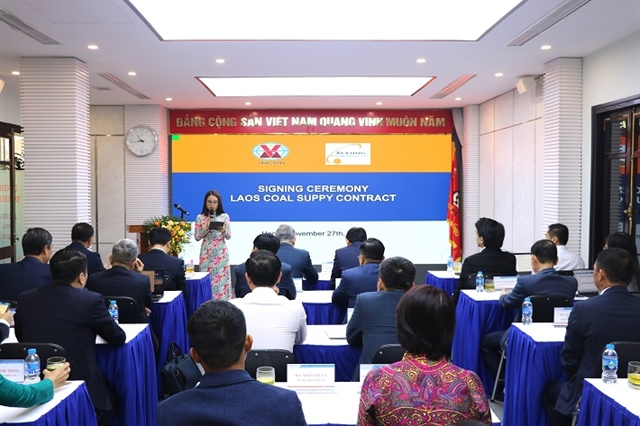 Environment
Environment

Kon Tum Province had 33 earthquakes from 1903 to 2020, but has seen 169 since last year

|
| A magnitude 4.8 earthquake recorded on April 18. — Photo from Google Search |
HÀ NỘI — The Central Highlands Province of Kon Tum had 33 earthquakes from 1903 to 2020 but has seen 169 just since last year, a massive growth from the previous century.
This was announced by Nguyễn Xuân Anh, director of the Institute of Geophysics (IGP), on Tuesday at an online conference between the National Steering Committee for Natural Disaster Prevention and Control and ministries, central agencies and Kon Tum authorities in response to the string of earthquakes here in recent days.
Anh said that from 1903 to 2020, the Kon Plông District and the surrounding area recorded 33 earthquakes with a magnitude from 2.5 on the Richter scale. The largest was recorded in 1937 and was 3.9 on the Richter scale, and the smallest, in 2015, was 3 on the Richter scale.
But from April last year, earthquakes in the Kon Plông District and surrounding areas have had a more regular frequency and tended to be stronger.
From last year to now, this area has recorded 169 earthquakes with a magnitude of 2.5 or higher.
In the past four days, earthquakes were recorded continuously, with 22 magnitudes from 2.5 to 4.5.
Anh said that if it were a tectonic earthquake, the cause was usually energy accumulation. In the case of stimulated earthquakes, it was usually caused by something like a hydroelectric dam.
Although no damage to houses and people has been recorded in the area, the seismic vibrations caused by the earthquakes have impacted people’s lives.
The IGP has deployed three monitoring stations in the area, which can better observe earthquakes and conduct research related to water storage in lakes.
Anh said: "Water storage in reservoirs is related to earthquakes, so monitoring, evaluating and comparing is needed to regulate the hydropower reservoirs".

|
| Experts attend the online conference in Hà Nội on Tuesday. —VNA/VNS Photo Vũ Sinh |
To minimise the consequences, the IGP proposed that the National Steering Committee for Natural Disaster Prevention and Control considers allowing in-depth studies on the magnitude of the earthquakes and earthquake risks in the district.
They should make a detailed study and evaluation of the issue and immediately establish a network of five local earthquake observation stations in the area. Research on the causes of earthquakes in the area should be conducted, including response plans.
As for hydropower projects and important works in the area, the committee should review and evaluate their design for anti-seismic resistance and raise local awareness of the issue. — VNS




